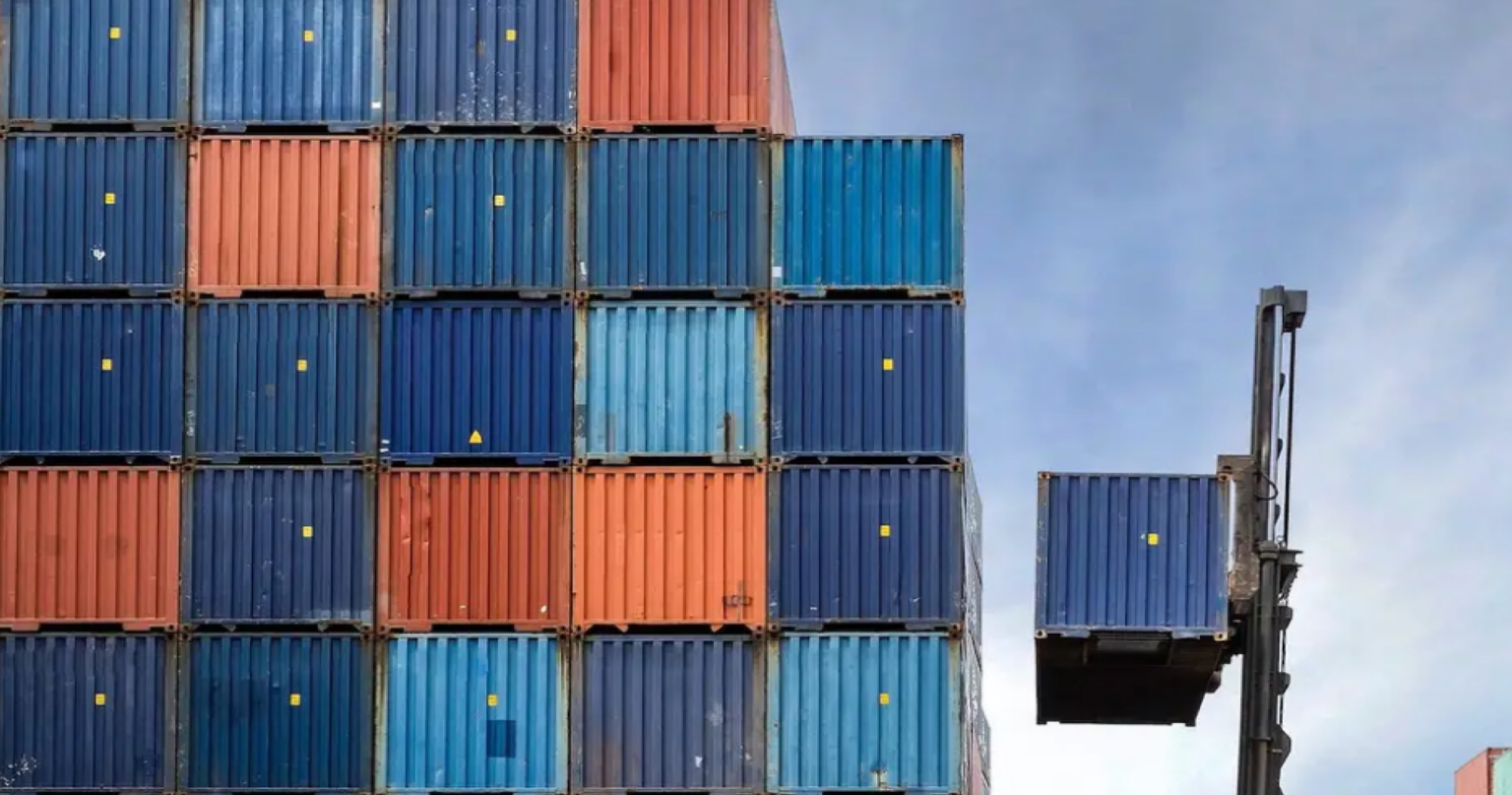Understanding the Legal and Practical Expectations for PCQIs
Under the Food Safety Modernization Act (FSMA), every food facility subject to the Preventive Controls for Human Food rule is required to have a Preventive Controls Qualified Individual (PCQI). But what actually qualifies someone to serve in this role—and what are they required to do?
This article breaks down the regulatory expectations, practical qualifications, and the key competencies your PCQI needs to succeed. We’ll also touch on the importance of formal PCQI training and tee up an important clarification about a common misconception: PCQI certification.
What Makes Someone a PCQI?
According to 21 CFR 117.180(c)(1), a PCQI is defined as:
“A qualified individual who has successfully completed training in the development and application of risk-based preventive controls… or is otherwise qualified through job experience to develop and apply a food safety system.”
This means a PCQI must either:
- Complete a standardized curriculum recognized by the FDA (such as the FSPCA PCQI course), or
- Possess equivalent job experience in food safety systems that meets the same knowledge standard
In either case, the individual must be able to demonstrate their qualifications through records during FDA inspections.
Important Note: There is no license or federally issued credential for PCQIs. The training certificate proves completion of a qualified course—it does not create legal certification status.
Core Responsibilities
Qualifications alone aren’t enough. The PCQI must actively perform the following responsibilities:
- Prepare or oversee the development of the facility’s Food Safety Plan
- Conduct or supervise the hazard analysis process
- Identify and validate preventive controls
- Establish monitoring, corrective action, and verification procedures
- Review and reassess the food safety plan every 3 years—or when significant changes occur
These responsibilities are not optional. FDA inspectors routinely ask for documentation that demonstrates PCQI involvement in the food safety program. Additionally, Qualified Individuals are expected to be present—or immediately accessible—during regulatory inspections to explain and justify the facility’s approach to food safety.
Recommended Skills and Competencies
While the law defines minimum requirements, successful PCQIs tend to bring a broader set of qualifications that help them thrive in real-world settings:
- Working knowledge of food microbiology, HACCP principles, and risk-based thinking
- Familiarity with FSMA regulations, GMPs, and 21 CFR Part 117
- Competency in writing and reviewing SOPs, flow diagrams, and validation records
- Ability to lead cross-functional teams, facilitate training, and conduct internal audits
- Strong documentation, organizational, and problem-solving skills
- Clear and confident communication with regulators, auditors, vendors, and internal stakeholders
Pro Tip: Many facilities choose to invest in formal Qualified Individual training even when job experience might technically qualify someone, to ensure consistency of knowledge, alignment with current FDA expectations, and to establish an auditable training record.
Who Should Be Designated as the PCQI?
There is no requirement for the PCQI to be a specific job title. It can be the QA Manager, the Director of Operations, the CEO of a small company, or even an outside consultant—as long as the designated person:
- Meets the qualifications
- Has authority and access to implement food safety systems
- Is actively involved in developing, executing, and reviewing the food safety plan
- Is available to complete all the responsibilities such as performing or overseeing records review within the designated timeframes
In multi-site operations, each facility may have its own PCQI—or rely on a centralized expert if that individual is actively engaged in each site’s plan and available for inspections.
Key Insight: If you rely on a third-party PCQI (e.g., a consultant), you still need to ensure they are integrated into your operational decision-making and that their responsibilities are clearly documented. The FDA will want to see how that PCQI contributes to your actual systems—not just their name on a training certificate.
Best Practices for Demonstrating PCQI Compliance
Being qualified is one thing—demonstrating that qualification to regulators is another. Facilities should ensure the following documentation is easily accessible and up to date:
- Proof of Preventive Controls Qualified Individual training or equivalent experience, including course completion certificates or resumes with supporting records
- A current, facility-specific food safety plan that shows PCQI oversight
- Evidence that the Qualified Individual has participated in hazard analysis, preventive control validation, and plan reassessment
- Logs or meeting notes showing PCQI involvement in corrective actions, verifications, and internal audits
Actionable Tip: Maintain a “PCQI Dossier” that consolidates all records showing the PCQI’s qualifications, active role, and engagement with the food safety system. This makes it easy to respond to FDA inquiries.
Prepare for the Next Step: PCQI Training and the Certification Misconception
While the law outlines who qualifies as a PCQI, training plays a critical role in ensuring consistency and audit readiness. In the next article, we’ll address how formal PCQI training works, why it’s beneficial, and what you need to know about the misconception surrounding “PCQI certification.”
Registrar Corp offers FDA-recognized PCQI training and documentation support to help food manufacturers meet compliance requirements and prepare their PCQIs for real-world success.








